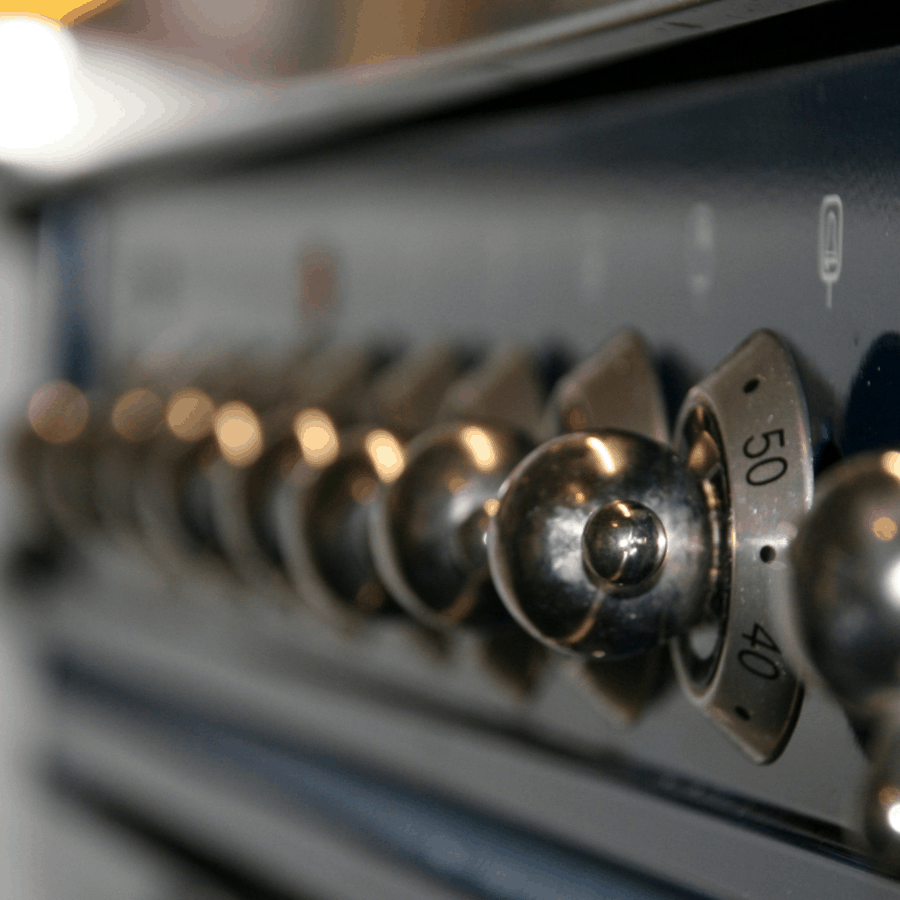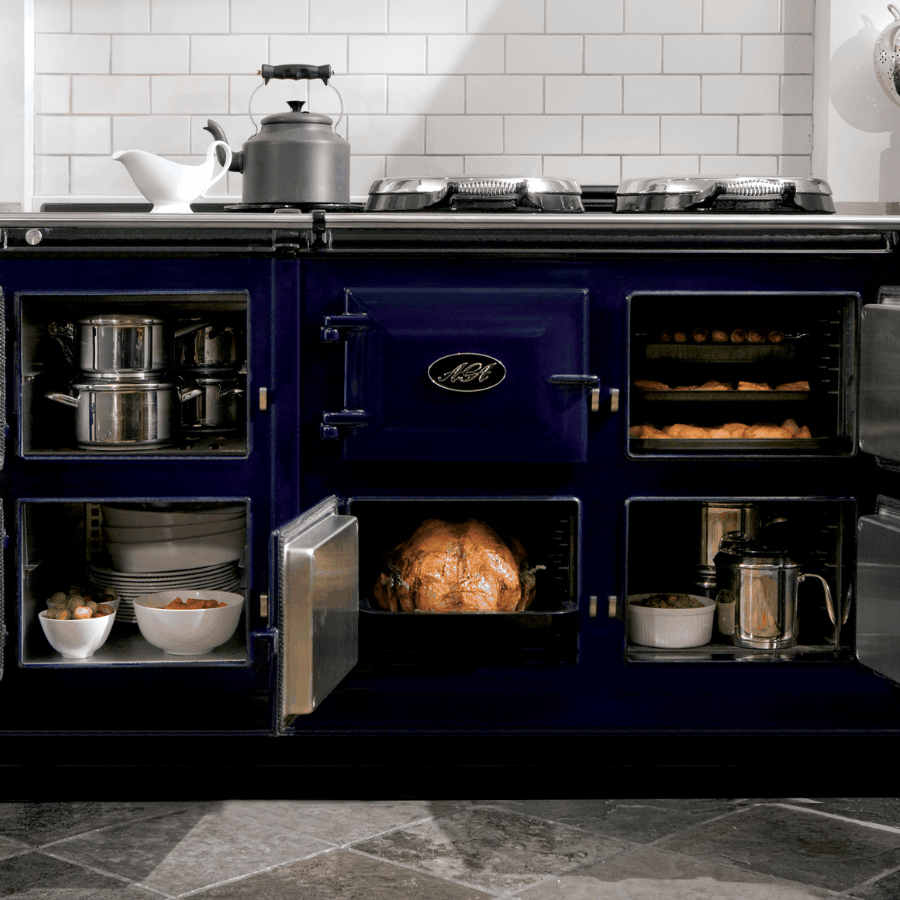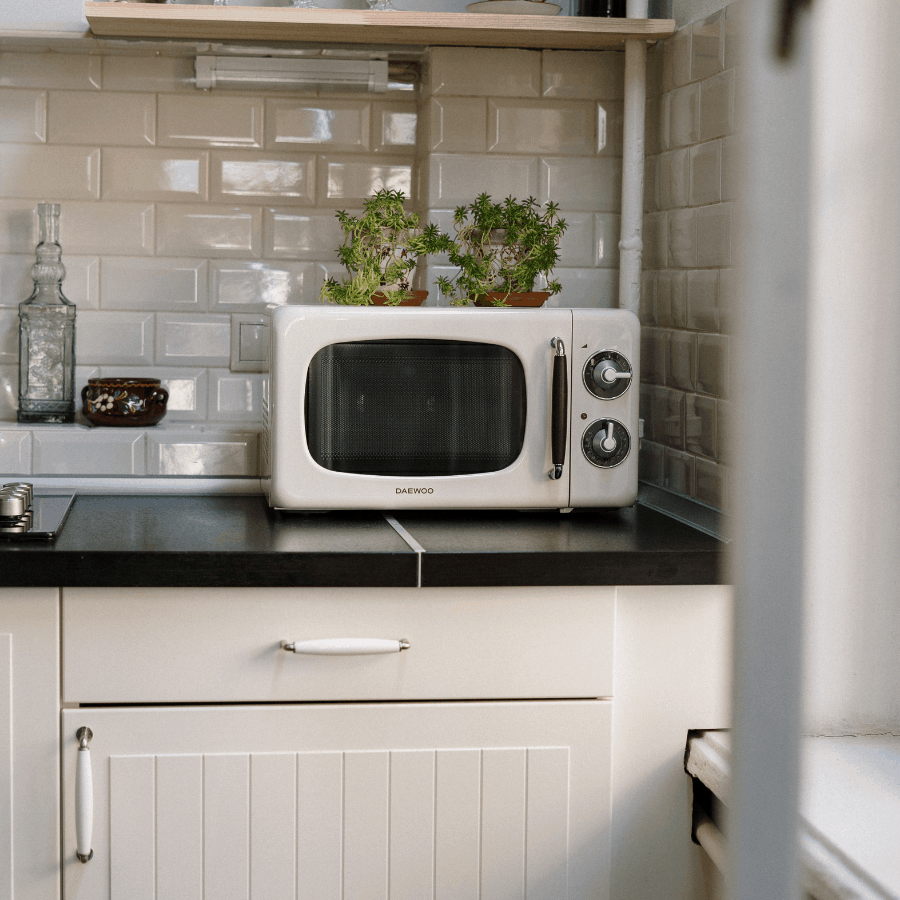The modern oven has had a complex and interesting history, different types of ovens were developed for different uses.

The modern oven has a very long history. Different ovens were developed for different reasons. The oven, stove, the cooker is kitchen appliance designed to cook food. Ovens rely on direct heat in the cooking process. Ovens can have various fuel sources to produce heat, gas ovens, naturally use gas, electrical ovens use electricity. The oven has been used since antiquity. Early clay ovens that completely encapsulate fire are believed to have been used during the Chinese Qin dynasty (211 BCE - 206/207 BCE). These ovens were loaded using wood or coal through an opening in the front. China, Korea, and Japan discovered enclosed ovens as a means to prepare food long before European Civilizations. Before the 18th Century, Europeans cooked food on an open flame using wood. The first prototypical ovens appeared in Europe during the middle ages. These ovens had a large elongated chimney and were quite low, cooks at the time had to sit down to prepare food. The primary vessels used to cook food were large cauldrons that hung above the fire.

Temperature and heat were regulated by lowering or placing the cauldron higher, closer, or further away from the fire. Open pits and furnaces had three major disadvantages that led to a series of evolutionary developments in the 16th century and after. Firstly using these early European ovens was dangerous, they produced a lot of heat and even more smoke. The efficiency of these ovens was quite low. Attempts were made to close off the fire and in this way remove the need to consume so much wood. An early development were ovens that largely resembled a fireplace: the fire was closed off on three sides by brick walls that were covered with an iron slab. This technique also led to dishes and cooking vessels changing. Instead of cauldrons food then had to be prepared in flat pans.
Suggested: What is Professional Oven Cleaning?
The first design that entirely closed off the fire that generated heat in the oven came in 1735.This oven called Castrol was build by a French architect François de Cuvilliés. This oven consisted of brick with several holes that are covered by perforated iron slats. By the end of the 18th century, this design is improved on and the heat efficiency of the oven increased. Another major improvement came when the fuel source of the oven was changed. The introduction of gas made bringing the oven up to temperature considerably easier. The first gas ovens were built as early as the 1820's, however, they remain as isolated experiments. In 1826 James Sharp patented the gas oven in Northhampton and opened a gas stove factory in 1836. Smith and Phillips started distributing their invention in 1828.
Suggested: How to clean a washing machine. Use eco-friendly and homemade detergents to eliminate bad smells and mold from your washing machine.
The introduction of electricity made electrical energy readily available and economically viable, therefore, electrical ovens became a popular alternative to appliances that burned wood as a fuel source. One of the first electrical cookers was patented by the Canadian Inventor Thomas Ahearn in 1892. The electrical oven was exhibited in the World's Columbian Exposition in 1893 in Chicago, where an electric modern kitchen was on display. As a stark difference to the gas stove, electrical ovens had a slow start. The ovens were not reliable and took a long time to come up to temperature. This was in large because electrical energy was still mostly untamed technology and due to most cities not being completely electrified yet. Early electrical ovens did not perform well and the cost of electrical energy (as compared to wood, coal, or gas), combined with the limited power that providers of electrical energy could offer, low heat regulation, and the short lifespan of heating elements in the electrical ovens made them unpopular choices.
Suggested: Your dishwasher-do you need to clean it? The answer is yes.

A high-range gas oven, called AGA, was developed by the Swedish Nobel prize winner Gustaf Dalén in 1922. Dalén lost his eyesight in an explosion while developing his earlier invention a porous substrate designed to store gases called Agamassan. Forced to stay home Dalén observed that his wife was exhausted by cooking. Despite, being blind he endeavored to develop a new type of oven that can offer various cooking possibilities and was easier to use. Using the heat absorption principle he combined a single heat source, two large burners, and two cookers in a single unit, the AGA cooking stove. The oven was first introduced in England in 1929.
Suggested: 5 Useful tips on cleaning certain areas of your property with bleach.

The microwave was developed in the early 1940s and uses microwave radiation to directly heat the water that is stored in food. The microwave was developed by Percy Spencer, an American self-taught engineer. He noticed that microwaves from an active radar began to melt a chocolate bar that he had in his pocket. The first food that was cooked to test the usage of microwaves in food preparation was popcorn, the second was an egg. The popcorn presumably was a success, however, the egg ultimately exploded in the face of one of the scientists conducting the test. Regardless, of the type of oven you have at home, you have to correctly take care of it. The oven is one of the most important if not the most important parts of your kitchen. The oven developed through time with one purpose to make food preparation easier and more effective. Show your oven some love, clean it regularly and take care of it. Make sure you clean your oven every time you have used it. An appliance that has been with us for more than 2000 years in one form or another deserves as much!
To make sure that you get the best out of your oven for the longest period of time scheduling a professional oven cleaning service with a reliable cleaning company is recommended. An oven cleaning service and a clean oven will not only cut down on utility consumption but will also ultimately mean better tasting food.

